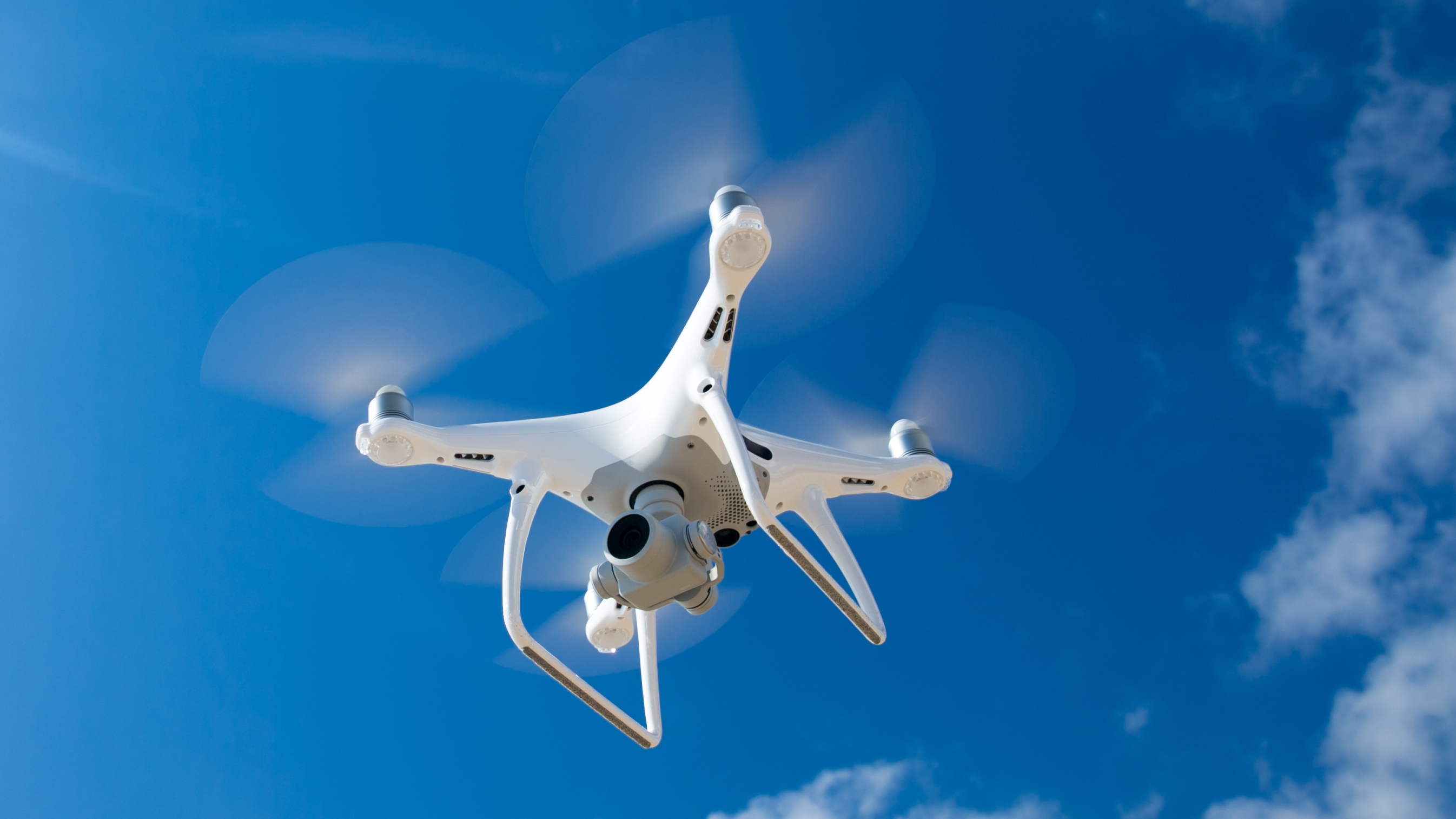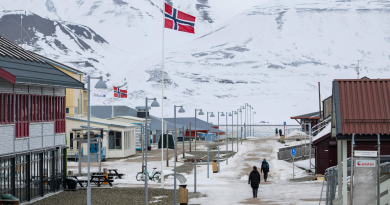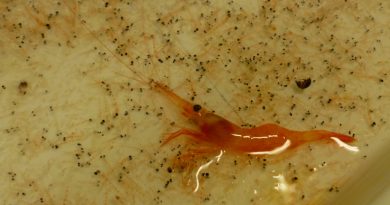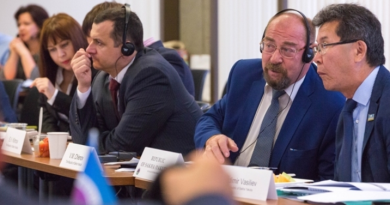Move over mushers and planes, drones to deliver emergency supplies in Alaska

A team of unmanned aerial vehicle experts led by the University of Alaska Fairbanks is working on delivering emergency medical supplies and, maybe later, cargo across Alaska with drones.
UAF recently announced an upcoming test to fly a package across Turnagain Arm from Indian (Anchorage) to Hope, and while that package — a three-pound box of Q-tips, actually — is only one step toward those goals, it could eventually lead to major changes for Alaska communities off the road system.
Cathy Cahill, director of the Alaska Center for Unmanned Aircraft Systems Integration, spoke with Alaska Public Media’s Casey Grove about the test and the center’s work.
Grove: Alaska has this kind of amazing history of delivering medical supplies in emergencies, you know, 1925, dog mushers running diphtheria serum to Nome, that kind of thing. So this idea seems kind of obvious, and not to be rude, but drones have been around for a while, why aren’t we already doing this?
Cahill: I think a lot of the reason we aren’t doing this has been the regulations. To do these missions we need to go with called “beyond visual line of sight.” So basically the aircraft is flying out of line of sight of the operator. The military does this all the time in, you know, overseas and in their restricted areas, but it’s not something the FAA has been allowing commercial entities to do. So we’re helping develop the technologies and the regulations to avoid all manned and unmanned aircraft and to make sure that these missions are done safely. So this is a test for the FAA of the first preliminary concept, you know, can we do a short distance medical supply delivery safely, and Turnagain Arm is a great place to do this, because you’re over an area where there are no people under you, we can see any aircraft in the airspace, and we can then fly our small unmanned aircraft very safely from one side to the other and back. So it would simulate taking those Q-tips or some other important medical supply across the arm, delivering it to help save a life and then coming back.
Grove: I imagine part of this is just proving, like you said, that you can do this safely. But after this, where do we go from here?
Cahill: We’re working on getting the air carrier certificate, and when we have their commercial permits to actually fly beyond visual line of sight, one of the first operations we’d like to do is to actually recreate the Serum Run and show the same thing that they did with dog sleds, we can actually do with unmanned aircraft. You know, it’s more of a PR stunt than anything else but it is a good example of what is the forefront of technology here, and how can we help people in the state of Alaska. If you have a community that’s fogged in, and you can’t bring in a large aircraft, you’re usually relying on Bush pilots, and they can’t fly under those conditions. We could still send an unmanned aircraft with supplies in under those conditions. If somebody is lost in the wilderness, we can, you know, find them, potentially drop an emergency response. We could, if somebody is in middle of nowhere and needs to have an EpiPen delivered, that we could use a small unmanned aircraft and get something in to that person in an area where you might not be able to land a large aircraft.
Grove: There are regular planes flying around out there, and how do you sort of use both of those things and still find the amount of space to do what you need to do?
Cahill: When cars first came onto the road, the roads existed. They were being used by horses and carriages. So the car coming in, they were coming into an area that already had activity. Taking unmanned aircraft into the national airspace with the manned aircraft is very, very similar. You have to obey a lot of the same rules. You need to make sure that whatever you do you’re doing safely and that, like you’re not using the cars to scare the horses, the unmanned aircraft are not scaring the manned aircraft and that the rules are set up so that everybody can coexist peacefully.
Grove: Are we all going to be flying around with drones carrying us around and our cars are just going to go away?
Cahill: I think eventually we might hit that point but I think that it is many, many years from now, and there are a lot of safety issues to be overcome and also privacy, airspace. There are a lot of challenges before we can ever hit that point.
Related stories from around the North:
Canada: Judge balks at plea deal for man who flew drone in airspace in Northern Canada, CBC News
Finland: Drone with smuggled cigarettes found on Finland-Russia frontier, YLE News
Norway: Could drones help prevent polar bear attacks on the Arctic archipelago of Svalbard?, The Independent Barents Observer
Russia: Eagle attacks military drone, The Independent Barents Observer
Sweden: Allow Swedish military to shoot down drones, says report, Radio Sweden
United States: Community health aides, Alaska’s unique solution for rural health care, Alaska Public Media



